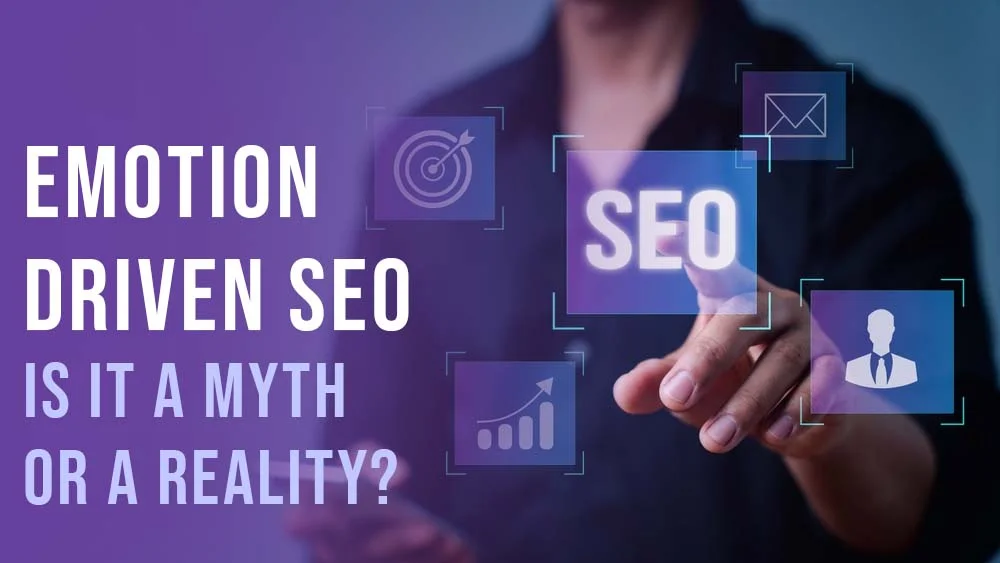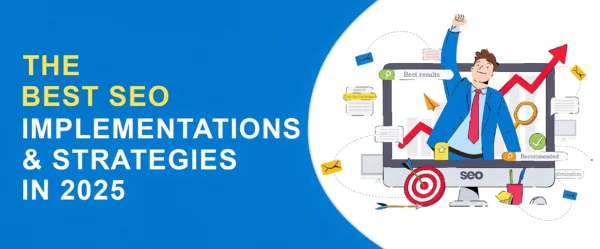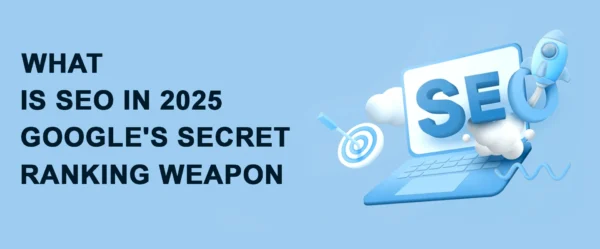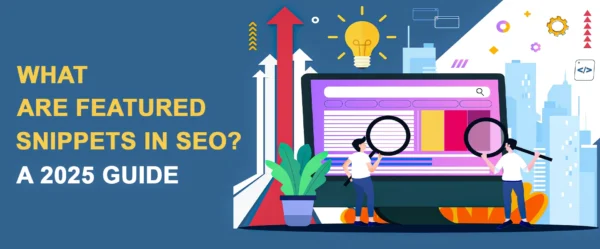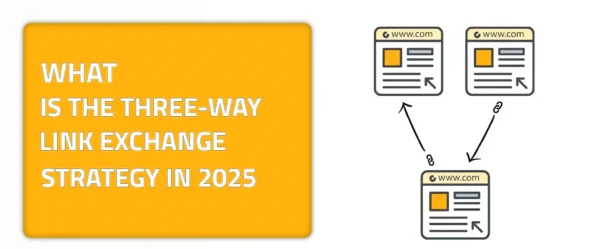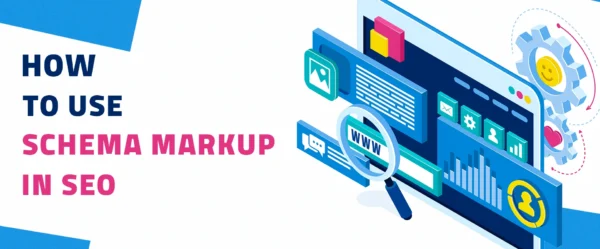Emotions and SEO? How could that possibly merge or blend into one thing? Well, here’s the thing: with new digitally optimized concepts emerging in the vast landscape of SEO and its strategies, I come to you, dear reader, with a whole new concept. This concept is called emotion-driven SEO. I know that the name may indicate that this may not be “real” thing. However, I am here today to tell you all about it. What exactly does this term mean? Is it simply another marketing fancy word, or does it hold real potential for enhancing SEO performance?
The idea behind emotion-driven SEO is that by simulating the emotional responses of your audience, you can create more engaging and impactful content. Emotions can actually influence everything. From purchasing decisions to social shares, it is safe to say that content that evokes a strong emotional response could lead to higher engagement and better search engine rankings. But how much of this is based on fact and how much is just conjecture? Are there real-world examples of emotion-driven SEO at work, or is it more myth than reality?
In this article, we’ll explore these questions, examining the psychological foundations of emotional marketing, the impact of emotions on user behavior, and the data supporting (or refuting) the effectiveness of emotion-driven SEO strategies.
Emotion-Driven SEO: The Impact of Emotions on User Behavior
Emotions play a pivotal role in shaping user behavior online, influencing everything from click-through rates to content engagement. When users encounter search results or social media posts, their immediate emotional response can significantly impact their decision to click. A compelling headline that evokes curiosity, joy, or even a touch of fear can dramatically increase click-through rates. Think about the last time a headline made you pause and click; chances are, it stirred some kind of emotional reaction. That is why the press is all about writing the “right” headline. One that will catch a certain emotion and start stimulating it. One that makes you feel enraged to read this—happy, sad, angry, or maybe even in awe.
Once your users land on a page, emotions continue to guide their engagement. If you create content that reaches out to your users on an emotional level, you’ll find that people are reading the content thoroughly. It doesn’t matter if it is a hilarious meme, an inspiring call to action, or even a heartbreaking story; you’ll find that the result will remain the same. Which is that content that is emotionally charged will foster a deeper connection with your target audience.
This connection not only keeps users on the page longer but also encourages them to interact with the content. This is one of the main factors that will help you boost your engagement metrics. Moreover, emotions will always keep people coming back for your content. That is because they leave an everlasting print. One that people can never ignore. A lasting impression that will lead them to engage further with your content in the future.
Myth vs. Reality: Analyzing Common Misconceptions
When it comes to emotion-driven SEO, there are several misconceptions or, as I like to call them, misunderstandings, that can cloud people’s minds. One prevalent myth is that simply evoking strong emotions, whether positive or negative, will automatically boost your SEO performance.
Let me simply assure you that this is not how it works. It isn’t about some marketers believing that creating overly dramatic content will help them rank or even manipulate search rankings. This is far from what is real. The effectiveness of emotion-driven SEO isn’t about coming out of the intensity of the emotions alone. It is about stemming from how well these emotions align with the audience’s needs and interests. Research shows that content that genuinely aligns with people’s interests is more likely to enhance engagement metrics like click-through rates and time spent on the page. That is because it simply provides value for them.
For instance, a sad story that is about awareness can stimulate people to want to share it as it fosters a deep connection, leading to more shares and backlinks, which are crucial for SEO. On the other hand, content that feels manipulative or disingenuous can cause a negative outcome. I It can simply damage trust and reduce engagement.
By analyzing data from successful campaigns, you will be able to see that authenticity, relevance, and emotional resonance are key factors in leveraging emotions to improve SEO. That is why I will quote The Karate Kid’s saying, “Too much of anything is not good for you.” I know he said it in broken Chinese, though, and that is why I am sparing myself the embarrassment here.
Implementing Emotion-Driven SEO Strategies
So what are the requirements that you need to have in order to implement an effective emotion-driven SEO strategy? Let me tell you. This is a process that requires you to create content that people can relate to. One that they find aligns with their own interests. Content that speaks to them in a language that their emotions respond to. This means that you have to write content that reaches your audience the right way.
Know what triggers their emotion by understanding your demographics. Thorough market research will never hurt anyone in this case. You should understand what will help your audience click immediately on your page. What will make them sad or happy enough? What will drive them to take a certain action? These questions must be answered in order for you to be able to create the right content for your audience. Want some tips? I have one or two for you.
Tips on Perfecting the Content Writing Process for Effective Emotion-Driven SEO
Use vivid imagery and relatable scenarios to dive effectively into your audience’s feelings. Incorporate emotional triggers such as urgency, curiosity, and empathy. Focus on the last one to compel readers to engage and share your content. Additionally, align these emotional elements with SEO best practices. That is, by integrating relevant keywords naturally and ensuring your content is structured for easy readability.
Remember, the goal is to reach your audience on a certain emotional level. That is, while still adhering to the technical aspects of SEO. This balanced approach not only enhances user engagement but also signals to search engines that your content is valuable. Which will make it worthy of ranking highly. See? It is easy enough.
The Potential Pitfalls of Emotion-Driven SEO
Emotion-driven SEO, while promising, comes with its fair share of challenges and limitations. When was something that was new ever out of this certain calculation? Let us discuss some of the challenges that come with emotion-driven SEO. One major pitfall is the risk of overemphasizing emotional appeal at the expense of SEO fundamentals. Let me put it in other words, do NOT be dramatic about it! Crafting content that tugs at heartstrings can indeed boost engagement. However, you should take into consideration that if it lacks essential SEO elements like relevant keywords, proper meta tags, and quality backlinks, it might not achieve the desired rankings.
Moreover, focusing too heavily on emotional triggers can sometimes lead to sensationalism, provoke your audience to have a negative impression about your content or even make them feel alienated. It’s a delicate balance—too much emotion can overshadow the core message, while too little might make your content feel bland and ineffective. The key lies in integrating emotional appeal with solid SEO practices. This will help you ensure that your content is not only compelling but also discoverable. When you navigate this balance, you will find yourself blending creativity with technical expertise to truly seize the power of emotion-driven SEO without falling into its limitations or challenges.
Case Studies That Support Emotion-Driven SEO
I know that this concept may sound new to your ears; however, evidence supporting emotion-driven SEO is actually out there. Numerous case studies and research findings highlight its potential. Take, for example, a case study by BuzzSumo, which analyzed over 100 million headlines. They found that emotionally charged headlines, particularly those evoking surprise, anger, or happiness, consistently led to higher engagement and shares.
But as vast as this case study may sound, I assure you that it is not unreliable. That is because academic research backs this up too. A study published in the Harvard Business Review demonstrated that emotional content significantly boosts online engagement and can improve search engine rankings. Emotions like curiosity, awe, and amusement not only captivate audiences but also encourage them to interact more deeply with the content, leading to longer dwell times and lower bounce rates. These metrics are crucial for SEO success, suggesting that crafting content that taps into the emotional psyche of your audience isn’t just smart marketing—it’s an effective SEO strategy that bridges the gap between human connection and digital algorithms.
Wrapping It Up!
Now that you’re here, you must have an idea of what emotion-driven SEO is and how it can impact your SEO strategies and help you implement effective and efficient ones. If you’re looking for the best way to enhance your SEO and help your domain rank higher and grow its exposure, you can check out linkexchange.ai This is a platform that will help you enhance your connections and broaden your SEO horizons through introducing you to various reputable domains. You can check out the services that can help you enhance your content and work on crafting a seamless emotion-driven SEO strategy for your own domain.


